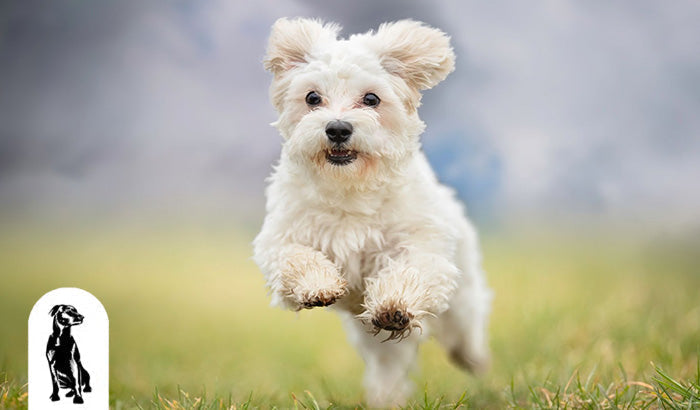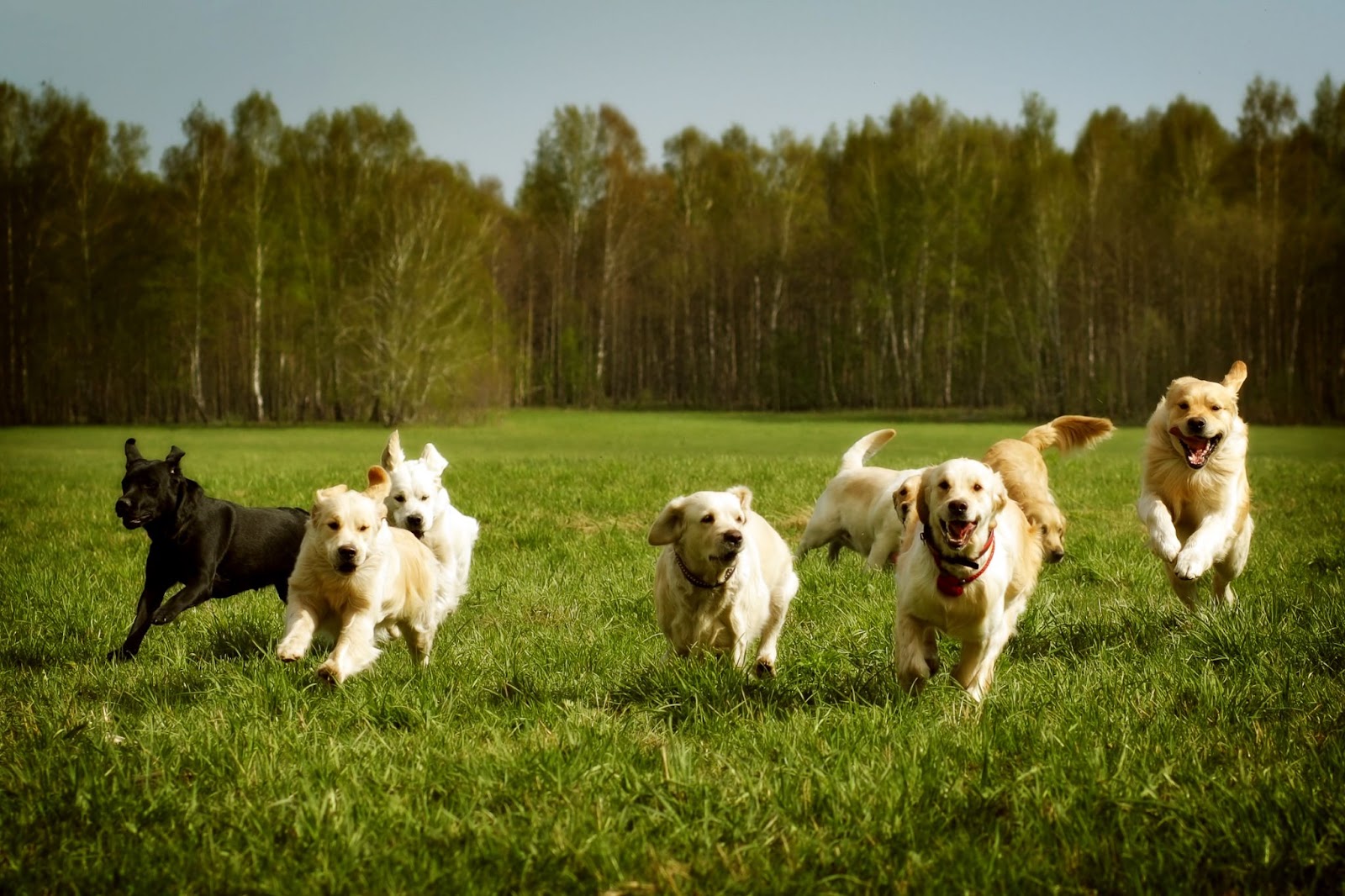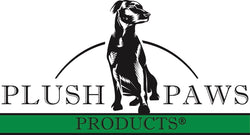
Pets thrive when their environment and care adjust to the changing seasons. Like people, animals feel the effects of shifting temperatures, longer or shorter days, and changes in their daily routines. As spring awakens nature, summer turns up the heat, autumn brings crisp air and crunchy leaves, and winter introduces cold, dry conditions, your pet’s needs shift right alongside yours.
From itchy springtime allergies and pest prevention to summer heat safety, cozy fall transitions, and wintertime wellness, every season presents new challenges — and opportunities — for pet parents.
With a bit of preparation and year-round awareness, you’ll protect your pet’s health, enhance their comfort, and strengthen your bond through every season. Here’s how to keep your furry friend happy, healthy, and thriving all year.
Spring: Renew, refresh, and prevent
Spring invites more outdoor time but also awakens fleas, ticks, and environmental allergens. As the world blooms, so do potential health risks for your pet.
Start flea and tick prevention before pests become a problem. Use vet-recommended preventatives and inspect your pet’s fur after walks, especially around the ears, belly, and tail base. Keep your lawn trimmed to minimize hiding places for parasites.
Spring also brings allergies. Watch for symptoms like itching, paw licking, sneezing, or watery eyes. If your pet seems uncomfortable, consult your veterinarian for allergy relief options.
Mud becomes a recurring guest in spring, so clean your pet’s paws after outdoor adventures to prevent bacteria and allergens from spreading inside your home. Grooming regularly helps manage shedding and keeps your pet’s coat fresh and healthy as it sheds its winter layers.
Summer: Stay cool and hydrated
Warm weather calls for outdoor fun, but summer’s heat can turn dangerous fast. Dogs and cats overheat quickly, especially during intense activity or if left in the sun too long.
When sidewalks are cooler, walk your pet early in the morning or after sunset. Hot pavement may burn sensitive paws, so test it with your hand before heading out. Always bring water and a travel bowl to keep your pet hydrated on walks, hikes, or road trips.
Certain breeds need sun protection, especially those with light-colored or thin coats. Ask your vet about pet-safe sunscreen for noses and ears. Never leave your pet in a parked car — even a few minutes can become life-threatening in the heat.
Some pets prefer lighter meals in summer. Talk to your vet about adjusting food portions if your pet becomes less active. Keep indoor spaces cool and offer shaded areas outside so your furry companion can relax comfortably.
Fall: Prepare for transitions
As leaves change and temperatures drop, your pet’s routine may need a few adjustments. Shedding increases during fall, so brush your pet more often to reduce hair buildup and prevent matting.
Cool weather sometimes brings early cold snaps. Make sure your pet has a warm, dry place to rest indoors, especially if they spend time outside. If your dog enjoys long walks or hikes, bring a jacket or sweater along for extra warmth.
Fall holidays also introduce hazards. Keep candy, chocolate, and table scraps far from curious noses. Decorations and costumes may cause anxiety or discomfort, so supervise your pet and make sure their outfit fits comfortably without restricting movement.
Use fall as a cue to check in with your veterinarian. A wellness visit helps ensure your pet enters winter in good health and allows you to update any needed medications, vaccinations, or parasite preventatives.

Winter: Stay warm and active
When winter sets in, pets face various seasonal challenges that may affect their physical comfort and emotional well-being. Icy sidewalks, shorter daylight hours, and freezing temperatures make it harder to stick to outdoor routines. But with a little creativity and preparation, you’ll help your furry friend enjoy the season safely and stay energized indoors.
Short-haired breeds, small dogs, seniors, and even some cats may need extra insulation when heading outdoors. A cozy sweater or jacket helps retain body heat, while booties protect sensitive paws from salt, ice, and frostbite. Always check the fit to make sure your pet moves comfortably.
After every walk, gently wipe their paws to remove chemical ice melts and debris, which may cause irritation or be harmful if licked.
Don’t let cabin fever creep in. Keep your pet mentally and physically engaged with indoor activities that mimic their favorite outdoor fun. Interactive puzzle toys, snuffle mats, and treat-dispensing balls provide great stimulation and reward problem-solving.
Try rotating toys to keep things fresh. Even a game of hide-and-seek, tug-of-war, or indoor fetch does wonders to burn off energy and lift their spirits.
Dry indoor air often leads to flaky skin, dull coats, or cracked paw pads. Use a humidifier to add moisture back into the air and support healthy skin. Ask your vet about omega-3 supplements, which can improve coat condition and reduce winter-related dryness.
Keep a close eye out for signs like excessive scratching, red patches, or lethargy. These could indicate your pet needs a break from the chill or some extra hydration.
Make winter cozy and fun for your pet by tailoring their care to the cold. With warm gear, indoor play, and a little extra TLC, your pet can thrive through the frostiest months and greet spring feeling strong and happy.
Year-round essentials
No matter the time of year, a strong foundation of daily care ensures your pet’s health and happiness. Some routines never go out of season, and these habits form the backbone of your pet’s overall wellness.
Start with regular veterinary checkups. These visits allow your vet to catch issues early, provide updated vaccinations, and tailor recommendations based on your pet’s age, breed, and lifestyle. Prevention goes a long way, so stay on top of heartworm meds, flea and tick protection, and dental health.
Nutrition also plays a year-round role in your pet’s well-being. Choose a balanced, high-quality diet that fuels their energy levels and supports everything from shiny coats to strong joints. If your pet has allergies, weight concerns, or age-related needs, talk with your vet about seasonal adjustments or specialized formulas.
Grooming is important for skin, coat, and overall hygiene. Brush regularly to remove loose fur and debris, and schedule baths or professional grooming based on their coat type and seasonal shedding. Routine nail trims, ear cleanings, and dental care prevent long-term issues and keep your pet feeling their best.
Mental enrichment should be a daily practice, not an occasional activity. Stimulate your pet’s brain with interactive games, nose work, or agility-style exercises that build focus and confidence. Rotate toys to spark interest, or create simple DIY puzzles with treats to keep them thinking and engaged.
Finally, set up a safe, comfortable environment at home. Make sure your pet has access to clean water, a cozy bed, and a quiet place to retreat. Keep the temperature regulated and their living area free from clutter or hazards. Whether it’s a sunlit corner during spring naps or a soft, warm blanket in winter, your pet will appreciate having a sanctuary tailored to their comfort all year long.

Make every season more comfortable with Plush Paws
Seasonal care starts with awareness but grows stronger with the right tools. Plush Paws Products help you support your pet's comfort and wellness, no matter the season. Plush Paws makes year-round adventures easier and cleaner, from car seat covers that protect during muddy spring walks to cozy travel accessories that keep your dog secure on winter road trips.
Prioritize your pet’s health, happiness, and hygiene with gear designed for comfort, safety, and convenience. Explore the Plush Paws collection and discover how you can keep your furry friend feeling their best, every season of the year.
